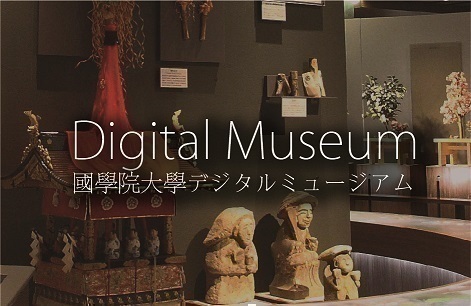- トップ
- Encyclopedia of Shinto
- Bokusen
Encyclopedia of Shinto
| Main Menu: | |
| Links: |
詳細表示 (Complete Article)
| カテゴリー1: | 6. Belief and Practice |
|---|---|
| カテゴリー2: | Divination and Supplication |
| Title | Bokusen |
| Text | A method of divination for determining the divine will or foretelling the outcome of an event. Today, bokusen most often signifies divination in general which comprises an extremely complex variety of methods. In the original sense of bokusen, however, 卜 depicted the shape of cracking that appears when the bone of an animal or a tortoise shell is heated, whereas 占 meant to report what was interpreted by reading the pattern of that cracking. Archeological records indicate that, from the end of the Jōmon period or the early Yayoi period, deer-scapula divination (rokuboku) was also conducted in Japan. In this practice, hollows were carved in the underside of the bone of a deer or other large ruminants , the hollows were heated to produce cracking on the bone's other surface, and divination was based on the resulting pattern of the cracks (bokuchō). The Kiki (both the Kojiki and Nihon shoki) and other sources also refer to this method of divination as futomani. Alongside the archaic divination ritual of kukatachi, futomani was one of two methods of determining the divine will. Thereafter, "tortoise-shell divination" (kiboku), which substituted a tortoise shell for the scapula of a ruminant , became increasingly popular. Both rokuboku and kiboku are thought to have originated in China; similar to China, moreover, kiboku eventually replaced futomani in Japan as well. Under the ritsuryō system of codified laws, diviners (urabe) were employed by the Jingikan (see Ritsuryō Jingikan) and, whenever a major decision needed to be made at the imperial court and on other occasions, a diviner who had undergone purification would pray to the "deities of the divination courtyard" (uraniwa no kami) and perform kiboku. From the Kamakura period, however, the practice of this divination method declined greatly. In addition to futomani and kiboku, the Kiki, Man'yōshū, and other texts record various other methods of bokusen. For example, "footstep divination" (aura) counts the number of steps walked; "bird divination" (toriura) interprets the cries of a bird or the direction it flies; and "evening divination" (yūke), "bridge divination" (hashiura), and "roadside divination" (tsujiura) interpret the words of a passerby. In Study of Correct Divination (Seibokukō), Ban Nobutomo refers to such bokusen methods as "miscellaneous divination" (zassen) and groups them in the same category as divination methods that have the character of a "divine message communicated through a possessed person" (takusen), such as "koto divination" (kotoura), "dream divination" (yumeura), and "song divination" (utaura). Furthermore, Ban Nobutomo considers orthodox bokusen to consist exclusively of zassen, futomani, and kiboku methods that are mentioned in classical texts and he rejects other methods as lacking legitimacy. In contrast with his assertions that reflect his affiliation with the National Learning (kokugaku) movement, however, "fortune-telling" (ekisen) related to Yin-Yang thought (Onmyōdō) and based on the sexagenary cycle of the Chinese lunar calendar (eto) and The Book of Changes (Zhou yi) had grown increasingly popular since the medieval period. From the early modern period, a divination method called bokuzei became widespread which used a large number of slim bamboo sticks called zeichiku or six four-sided stocks called sangi. — Suzuki Kentarō |




